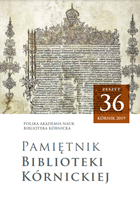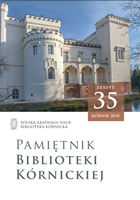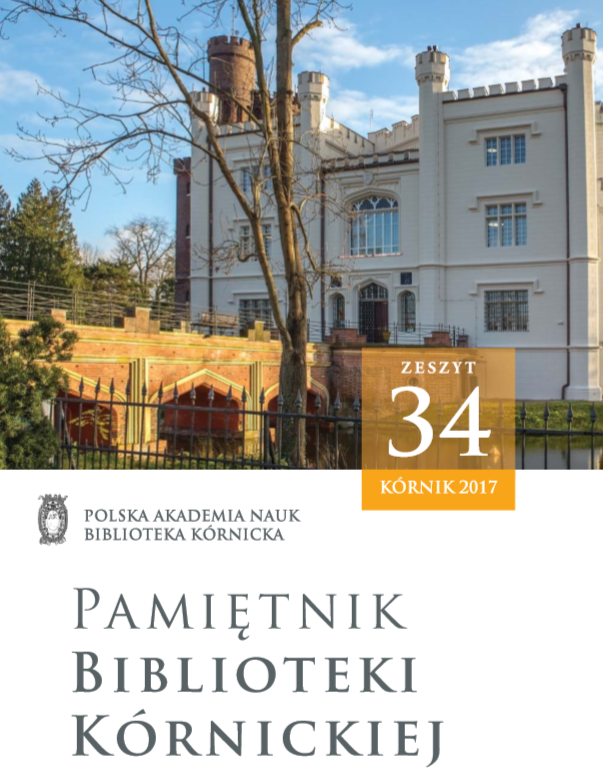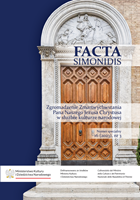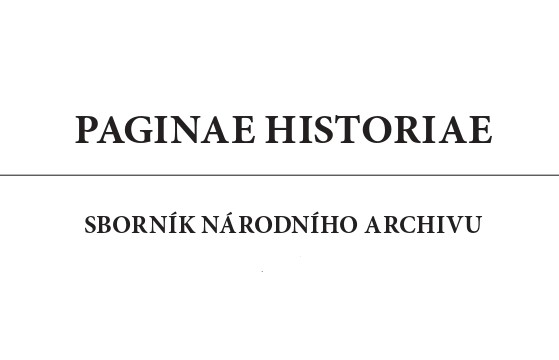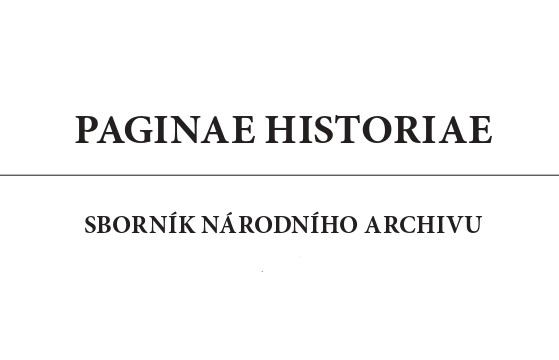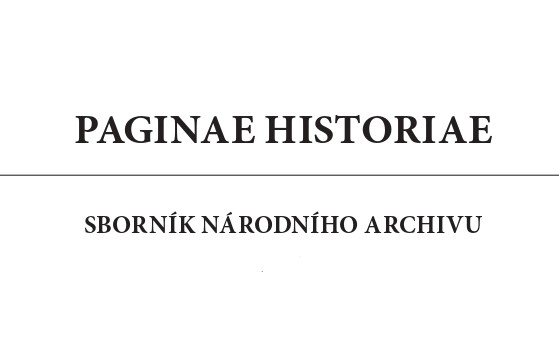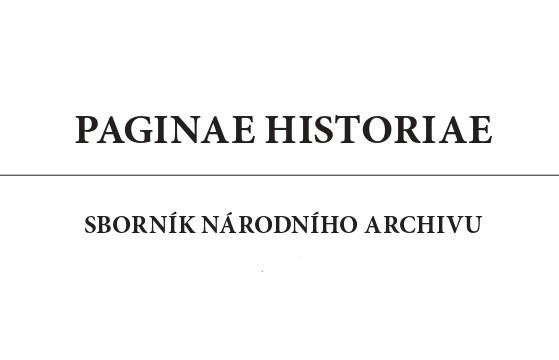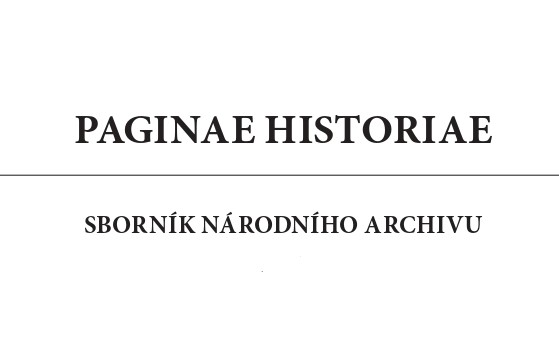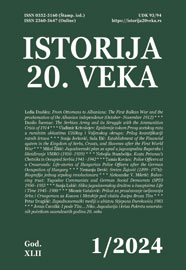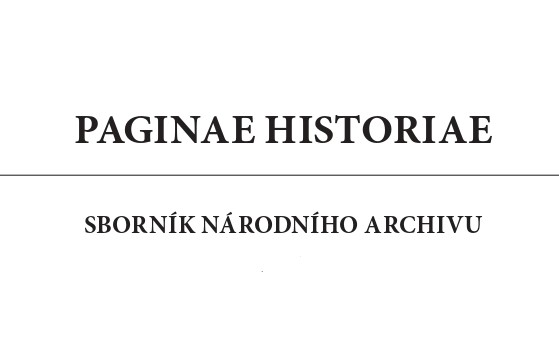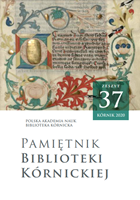
Z DEDYKACJĄ DLA KSIĄŻĘCEGO SYNA. O RENESANSOWEJ OPRAWIE KRÓLEWIECKIEJ KASPARA ANGLERA W ZBIORACH BIBLIOTEKI KÓRNICKIEJ
The holdings of the Kórnik Library include a small printed book by Walenty Schreck published by the Königsbergian printing house of Johann Daubmann in 1559. At the beginning of the book, there is a hand-written dedication from the author to Duke Albrecht Frederick, a son of Albrecht of Prussia (von Hohenzollern), and a versed poetic work. Since the volume was a gift to a juvenile duke (and indirectly to his father), it was bound in a masterly manner: in covers with rich, almost entirely gilded ornamentation and with gilded edges. Th e paper off ers an analysis of this book-binding work, taking similar objects from Polish collections and information from relevant literature as a point of reference. Th is allowed a thesis that the object is a representative creation of the leading 16thcentury Königsbergian book-binder Kaspar Angler, in which he used several of his characteristic decorating tools (such as a roll with fi gures of cupids and putti, a roll with a cortège of a king and bishop, and 3 medallion plaques with Biblical scenes). Taking into account its high artistry and almost untouched condition, the work seems to be one of the most impressive objects of the 16thcentury European bookbinding industry in the collection of the Kórnik library. Its high historical value also results from its provenance – it originates from the ducal library in Königsberg.
More...
